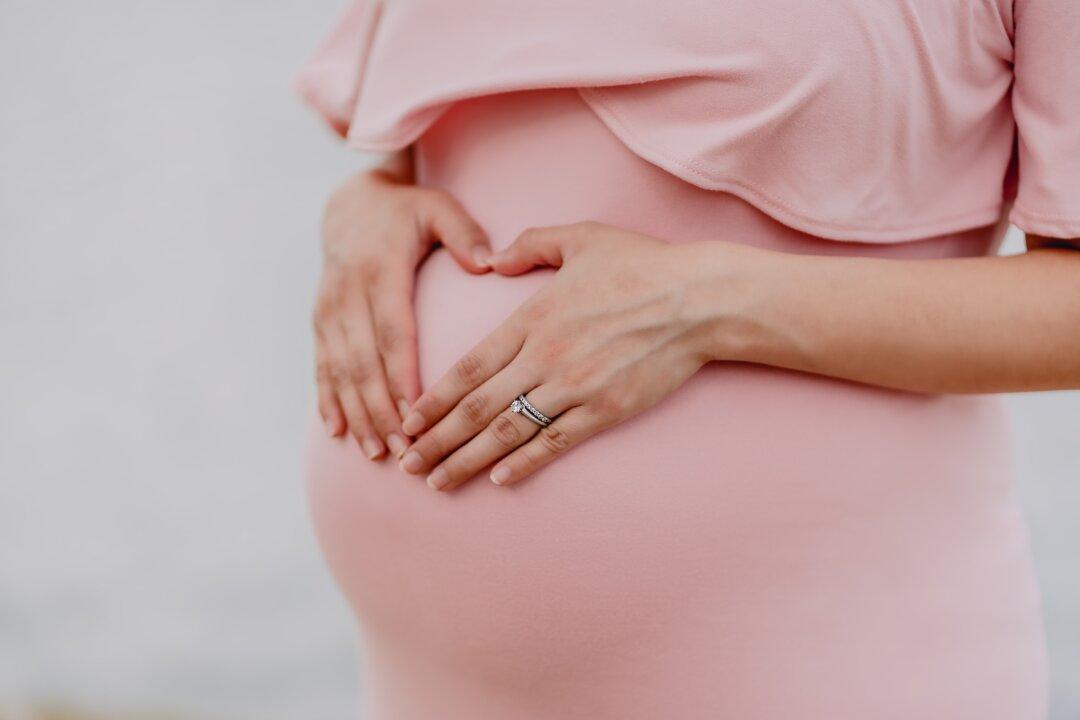A new study has suggested that rapid growth of the housing market can influence both outcomes and intentions of families to have more children.
The research, led by University of Sydney economists and published in the Journal of Housing Economics, measured people’s intentions for more children against property prices.





